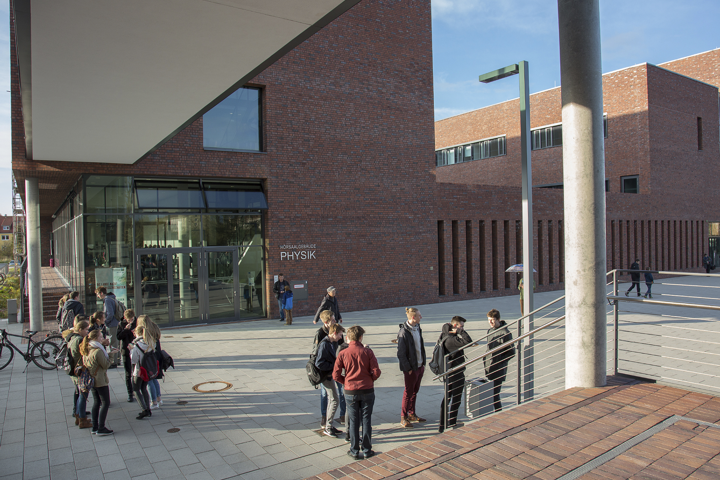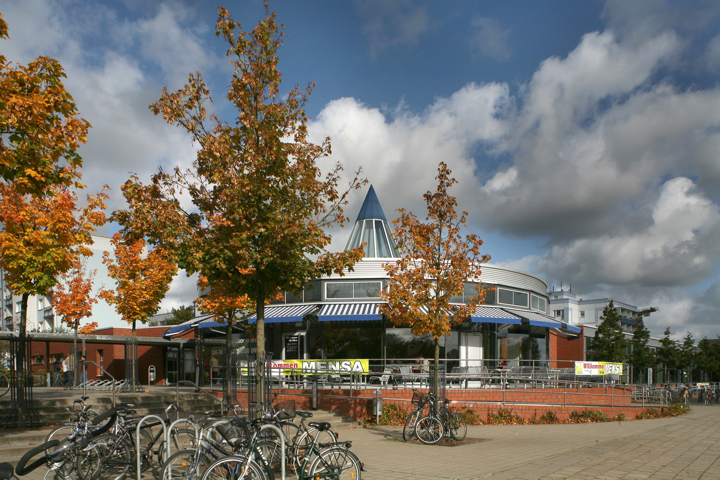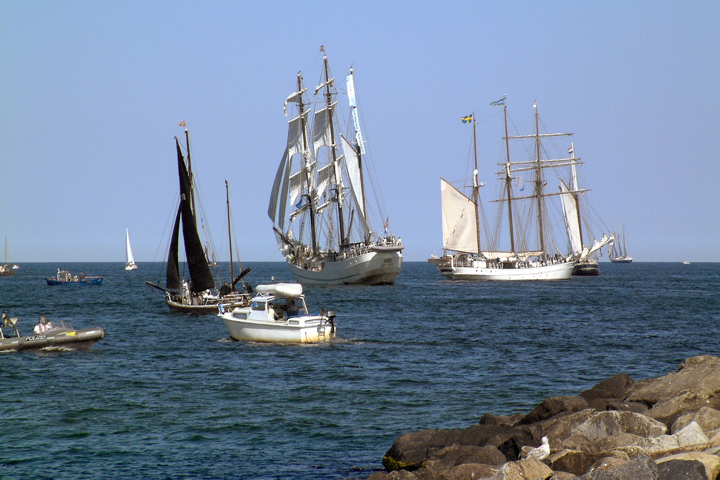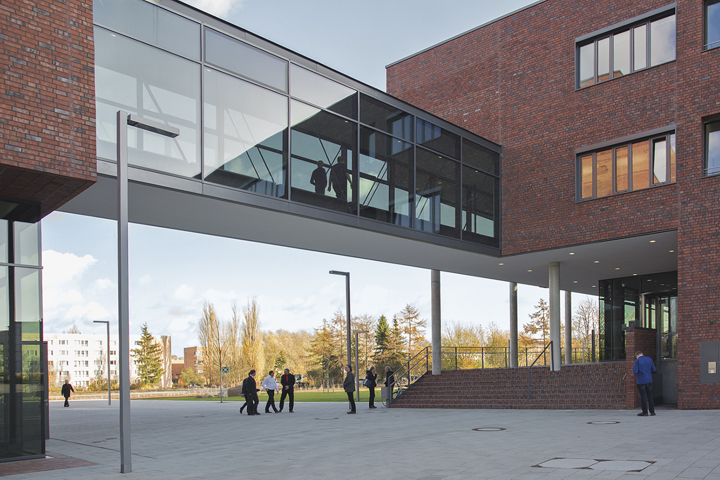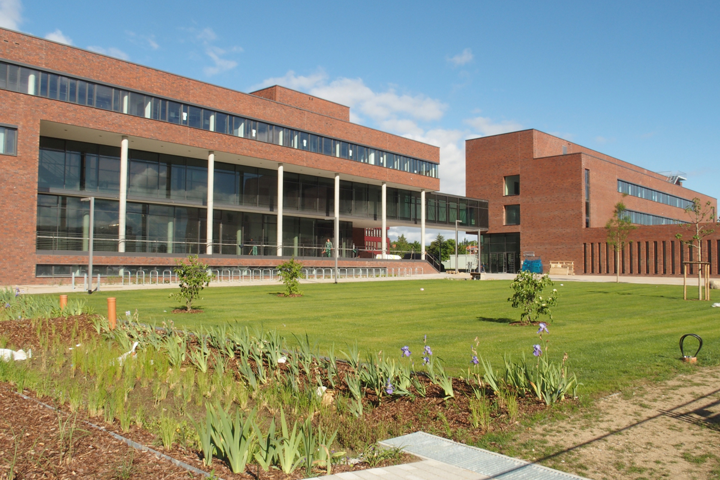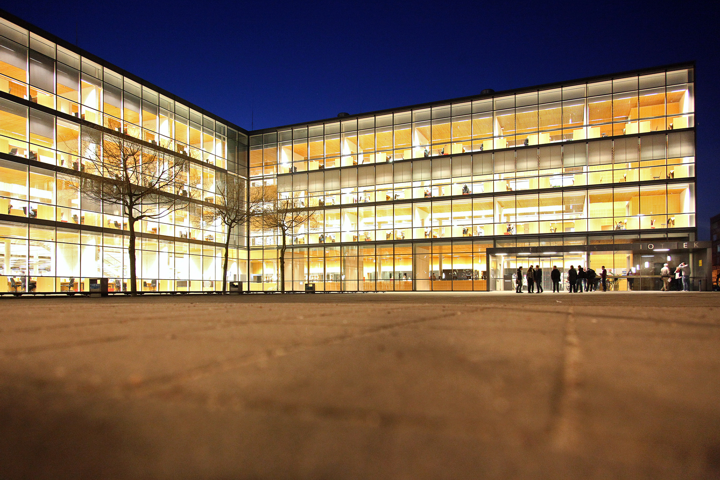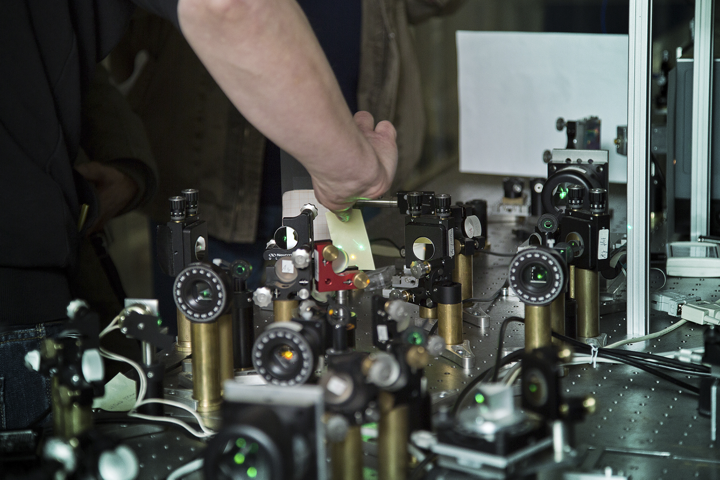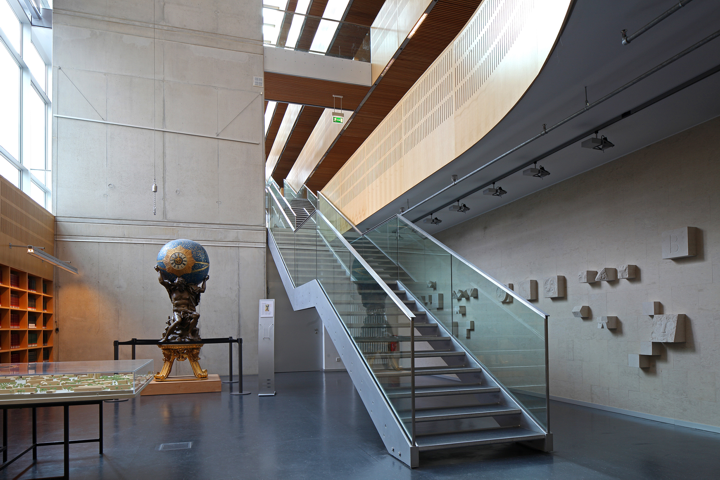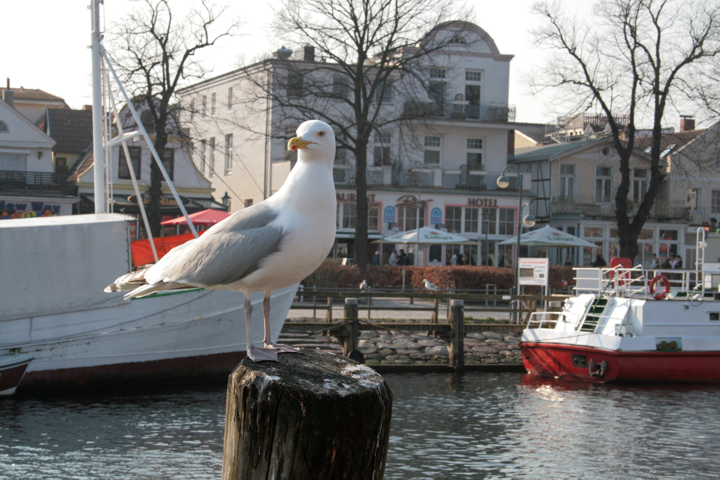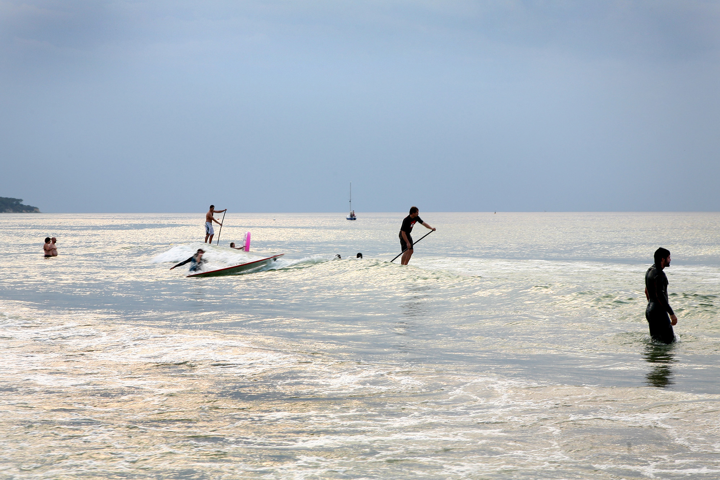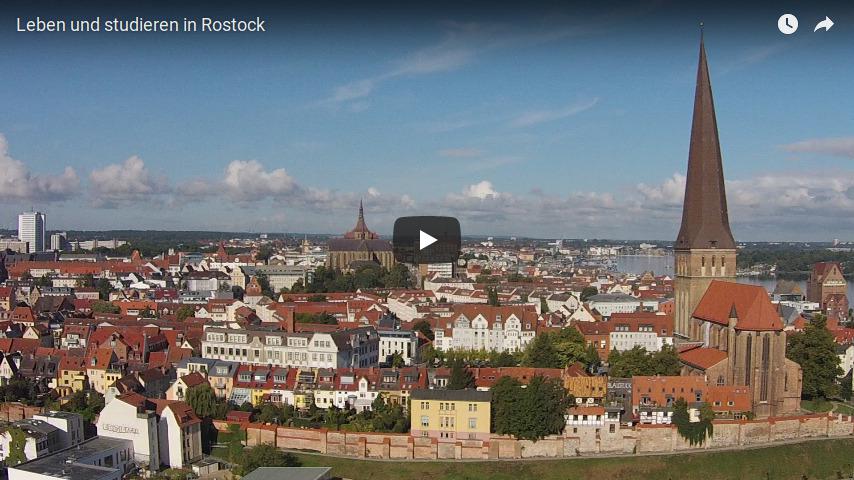Masterstudiengang Physik, Universität Rostock
Masterstudiengang Physik
The six tracks, "Quantum Optics and Technology", "Ultrafast Optics and Spectroscopy", "Nano and Surface Physics", "Intense Laser-Matter Interaction and High Energy Density Physics", "Physics of Life, Light, and Matter", "Physics of Ocean, Atmosphere, and Space" provide a broad spectrum of basic and specialized Masters’ courses closely linked to the research fields of the professors at the Institute of Physics as well as other institutions such as the Leibniz Institute for Baltic Sea Research, Leibniz Institute of Atmospheric Physics, Leibniz Institute for Plasma Science and Technology and DLR Institute for Solar-Terrestrial Physics. The Master’s course expands on the substantive and methodological principles covered in the Bachelor’s degree. It gives students the tools to understand and apply fundamental knowledge of physics. The content and forms of study are largely defined by the fusion of teaching and research. The aim of the course is to encourage students to undertake independent research. Students learn to address complex problems and solve them with scientific methods – including beyond the current limits of what we know. Graduates therefore acquire the skills as scientists that are required to complete a PhD.
The first two semesters focus on teaching and deepening student’s knowledge of advanced scientific concepts and methods in physics. In the chosen field of study, compulsory
modules and modules from a compulsory elective catalog must be completed.
Afterwards, the students work in a research group on a problem of current research. The third semester concentrates on introducing students to challenging scientific research work in two in-depth modules: “Research Phase 1: In-depth Knowledge Acquisition” (12 CP) and “Research Phase 2: Method Training” (12 CP). In the fourth semester, the master’s thesis (30 CP) is written on a current scientific topic.
The knowledge and skills acquired during the Master’s degree in Physics open up a wide range of careers to graduates, including: Basic research at universities and institutes; applied research and development in industry; the development and application of measuring and testing technology; support for diagnostic and therapeutic medical procedures; management in innovative companies; careers as experts and consultants; planning and administrative roles in government.
Video
Links
Homepage der Physik
Homepage der Hochschule
Infos zum Studiengang
Bewerbung
Studienberatung
Vorlesungsverzeichnis
Fachschaft
Studienführer Physik (Angebot des ZaPF e.V.)
Ort
Bilder
Forschungsprofil Fachbereich/Institut
|
darunter insbesondere: Atmosphärenphysik und Ozeanographie
